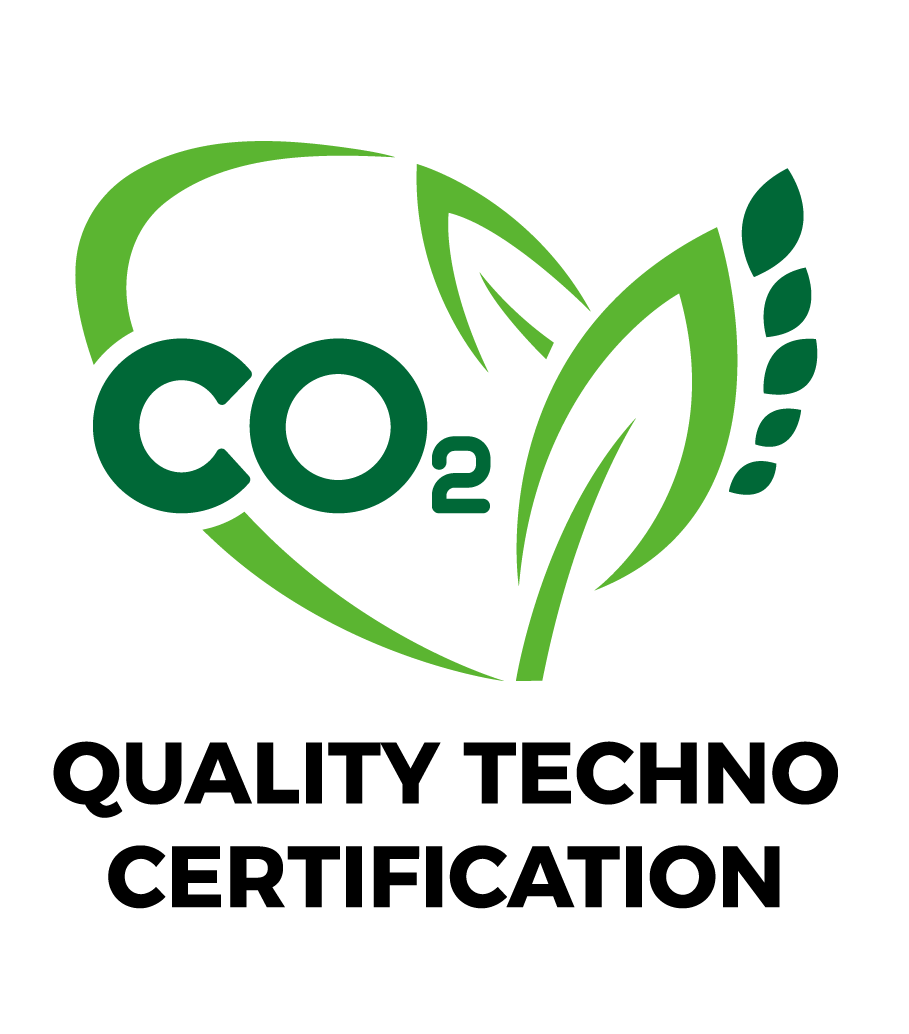Carbon Management Services
The Kingdom of Saudi Arabia places significant emphasis on carbon management as a result of its line with the Saudi Vision 2030, which aims to promote sustainable development.
The Kingdom endeavors to achieve economic and environmental sustainability through the promotion of renewable energy sources and the reduction of carbon emissions.
Carbon management serves as an embodiment of Saudi Arabia's dedication to sustainable development, economic diversification, and the generation of sustainable employment opportunities while reducing dependence on oil.
This is consistent with Vision 2030's objectives of establishing an economically prosperous and sustainable future.
QTC Commitment

We pledge, as a national company specializing in carbon accounting, to provide all our experience to help achieve the commitment of Crown Prince Mohammed bin Salman, “may God protect him,” to reduce carbon emissions in the Kingdom of Saudi Arabia to 50% until the year 2030.
We are committed to ensuring that our work applies the highest international standards and international specifications in accordance with the ISO methodology, and we help all government agencies and private sectors to achieve their strategic carbon targets.
QTC’s Carbon Services
QTC team assists entities to contribute to achieving the Kingdom's Vision 2060 for net-zero carbon through:
Carbon Footprint Calculation and Setting Baseline

Greenhouse Gas Emissions across specifications
ISO 14064, ISO 14067
GHG Protocol
Carbon Neutrality Calculation Service

Carbon Emission Offset Calculation
via PAS 2060
Carbon neutrality plans and strategies

With the possibility of following up the implementation of the plan to reach carbon neutrality
What is not measured cannot be managed
In line with the Kingdom's Vision 2030 to reduce emissions by 278 million tons per year, QTC has started its carbon footprint calculation services to work towards achieving carbon neutrality and helping entities achieve a carbon reduction plan.
Carbon Footprint For Entities


The carbon footprint certificate contains the total emissions of the organization and certifies the organization's compliance to take the first and essential step to contribute to climate change and work to achieve carbon neutrality.

Carbon Reduction Certificate for carbon footprint emissions is obtained when the organization proof the annual emissions reduction from the previous year and its commitment to reducing its carbon emissions annually.

Carbon neutrality certificate is obtained – when achieving the carbon neutrality which is the state of balance between carbon emissions and carbon offsetting or removing of the organization or reducing the emissions to the maximum extent possible and offsetting the remaining emissions by supporting environmental projects.

Product Carbon Footprint
Calculating carbon emissions from the stages of extraction of raw materials, the production process, the generation of required energy and the life cycle of the product from (the stage of extraction of raw materials to the stage of manufacturing to the final stage of transportation and distribution) which is an indicator related to manufacturing processes The more we use the manufactured materials, the greater the carbon emissions.
What is he importance of product carbon footprint?
It allows the consumer and customer to understand and know the environmental impact of the product by seeing the details of the emission ratios of the product's raw materials and the processes of manufacturing, transportation, storage, use, and disposal. This process helps in facilitating the selection of the most suitable product for the customer or consumer by knowing the carbon footprint added to it. It helps in improving design the product, increase efficiency, reduce costs, and eliminate risks.
Methodology of Product Carbon Footprint Calculation
Types of product carbon footprint:
Cradle to grave:
This measures total greenhouse gas emissions from raw material extraction to product manufacturing, distribution, use, until it goes into the landfill at the end of its useful life
Cradle to gate:
This measures total greenhouse gas emissions from raw material extraction to product manufacturing up to the factory gate.

Carbon footprint for services
The carbon footprint of the services is always directly related to the customers, so the customer has the right to know the amount of emission as a result of using the service provided by the operator (which means that the operator must provide carbon information to their customers and thus involve the customer in global responsibility for the issue of climate change)
Some types of services for which the carbon footprint can be calculated:
- Using phones from calls and browsing
- Purchases of all kinds using cards and bank accounts
- Rental Transportation
- Means of delivering orders through applications
- Logistics
Carbon Neutrality Strategy
How to Achieve Carbon Neutrality

Carbon Neutrality and Emission Reduction Strategy
Achieving carbon neutrality or reducing carbon emissions requires a multifaceted strategy with careful coordination and strong commitment. The exact features of this strategy may vary depending on the specific circumstances and needs of each organization, but several basic principles and steps can be applied at the global level. Accordingly, QTC provides a strategy building service and assistance in its implementation for entities that wish to reduce carbon emissions
-
Plan Preparation
-
Plan Follow-up
-
Implementation Assistance


